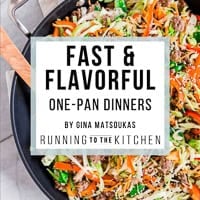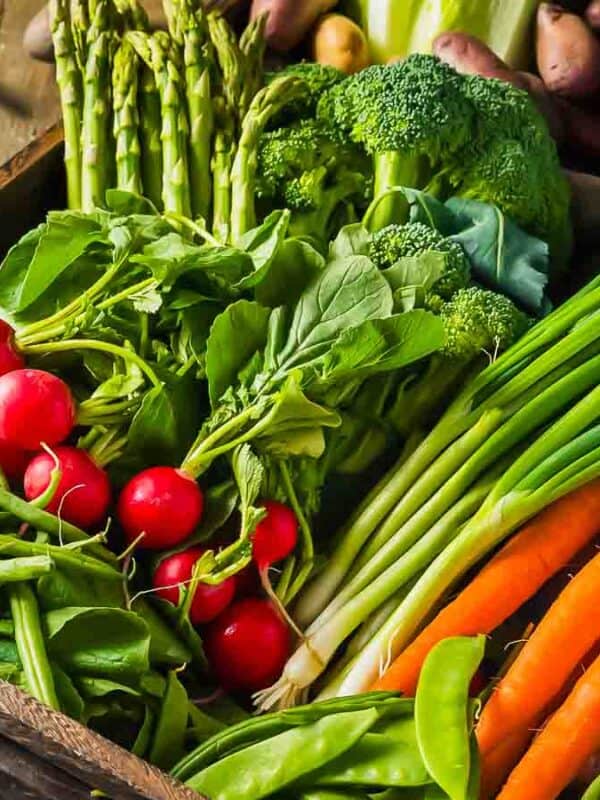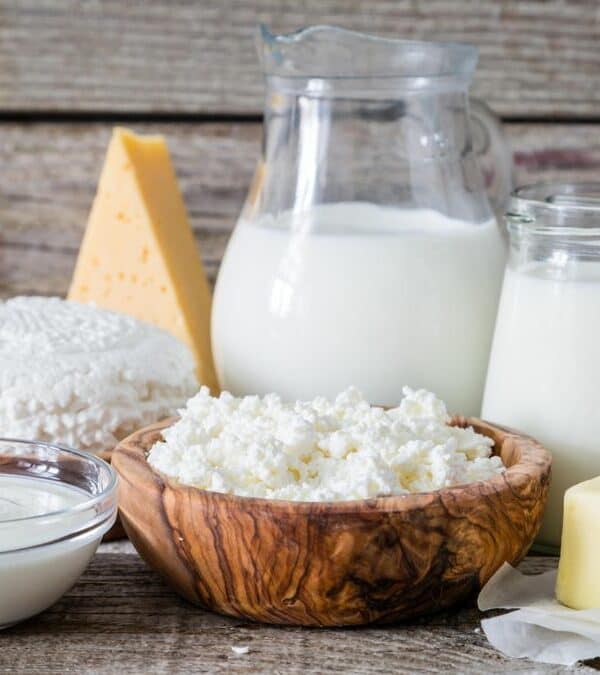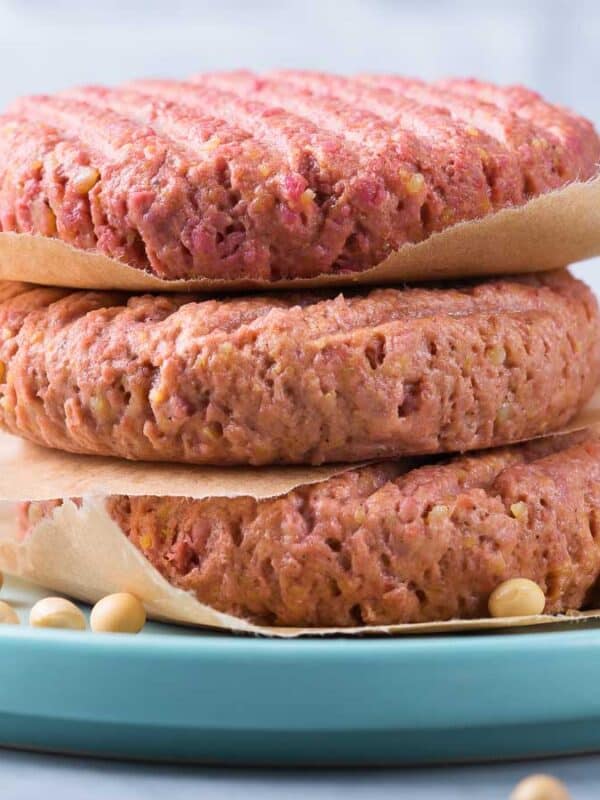Ever wonder what’s really in your food? Beyond the main ingredients, there’s a whole world of additives that can do everything from extending shelf life to enhancing color and flavor. But while they keep your chips crispy and your soda sweet, some of these chemicals might not be doing your health any favors. Take a closer look at a few common food additives that have sparked controversy and concern among health experts.
*The content of this article is not intended as medical advice.

Aspartame
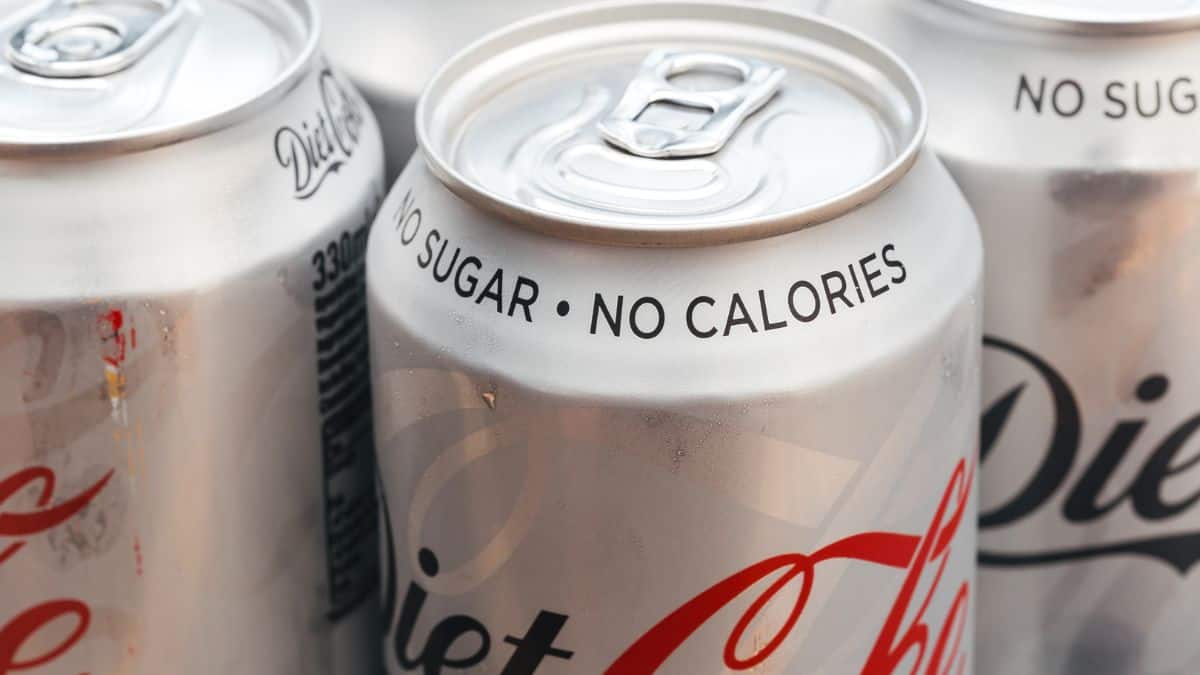
Aspartame is a low-calorie sweetener found in diet sodas and sugar-free products. It has been linked to headaches, dizziness, and there are controversial studies suggesting potential carcinogenic effects with high consumption.
Monosodium Glutamate (MSG)

Monosodium Glutamate, or MSG, is used to enhance flavor in snacks, soups, and Chinese cuisine. It is associated with symptoms such as headaches, sweating, and facial pressure, although extensive research shows it is safe for most people in moderation.
High-Fructose Corn Syrup (HFCS)
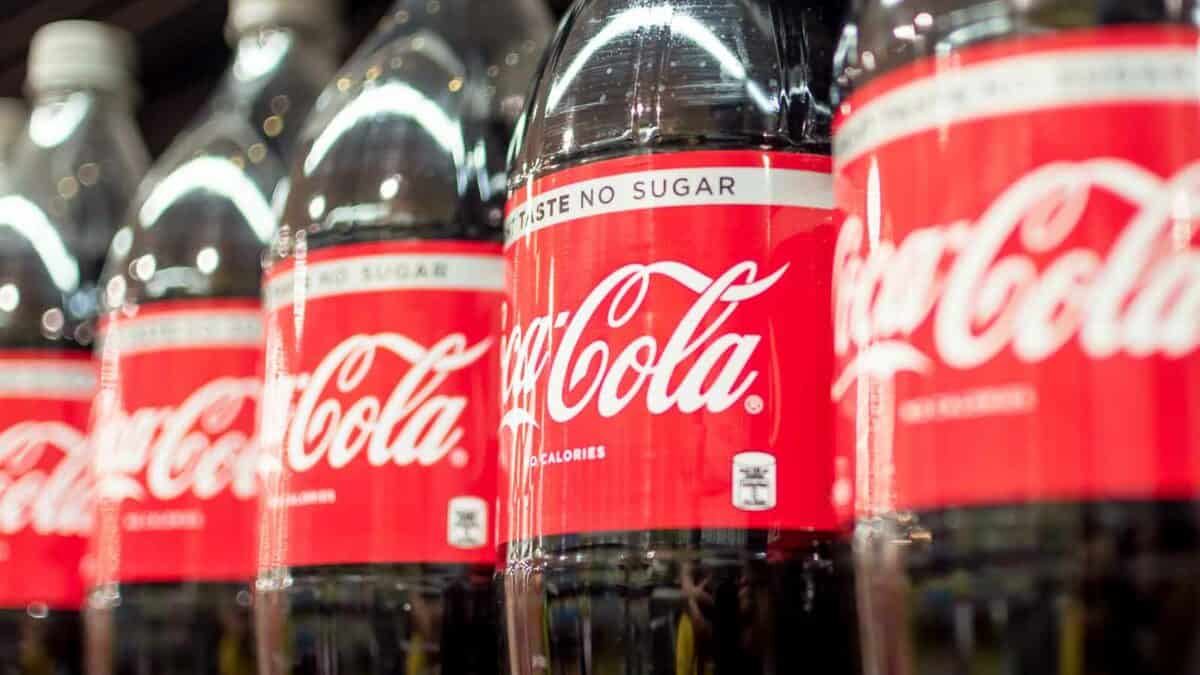
High-Fructose Corn Syrup is a sweetener made from corn starch and is commonly found in sodas, sweets, and processed foods. It is often criticized for contributing to obesity and diabetes by disrupting normal appetite regulation.
Trans Fats

Trans fats are created by adding hydrogen to vegetable oil and are found in some fried foods, baked goods, and processed snack foods. They are known to raise bad cholesterol levels and lower good cholesterol, increasing the risk of heart disease.
Sodium Benzoate
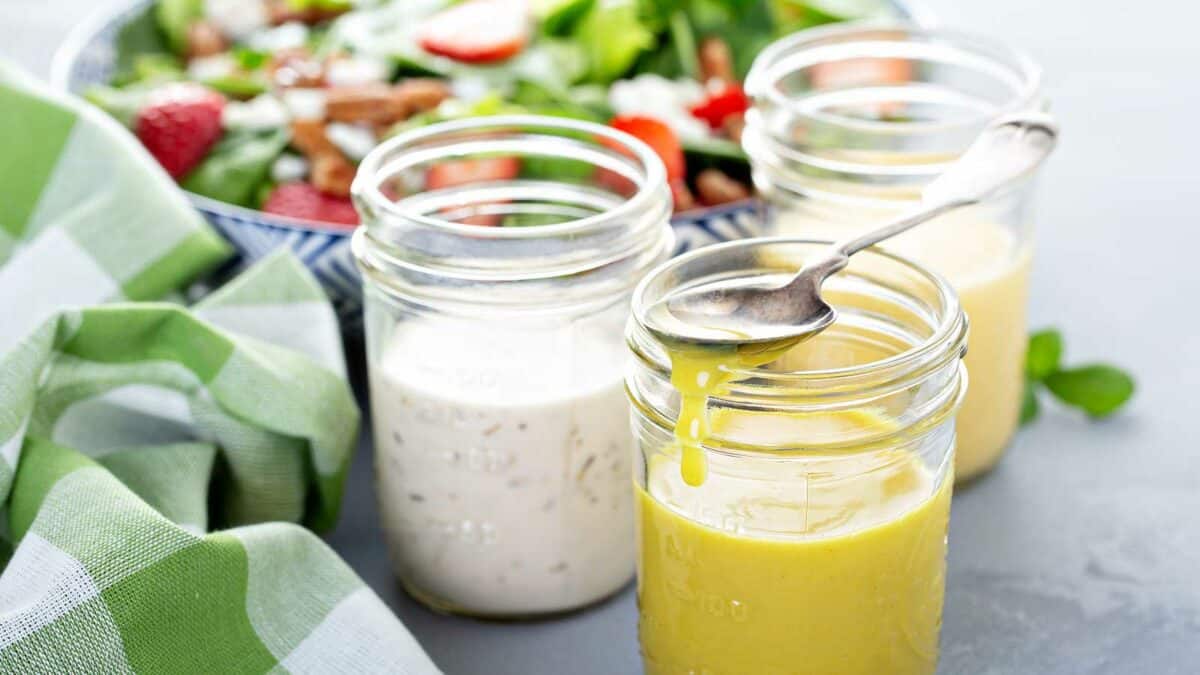
Sodium Benzoate is used as a preservative in acidic foods such as salad dressings, carbonated drinks, and fruit juices. It has been shown to exacerbate asthma and is linked to hyperactivity in children.
Artificial Food Dyes

Artificial food dyes, found in candies, beverages, and processed foods, have been controversial due to links to hyperactivity in children and potential cancer risk. Studies have prompted ongoing debate about their safety and the need for more natural alternatives.
BHA and BHT
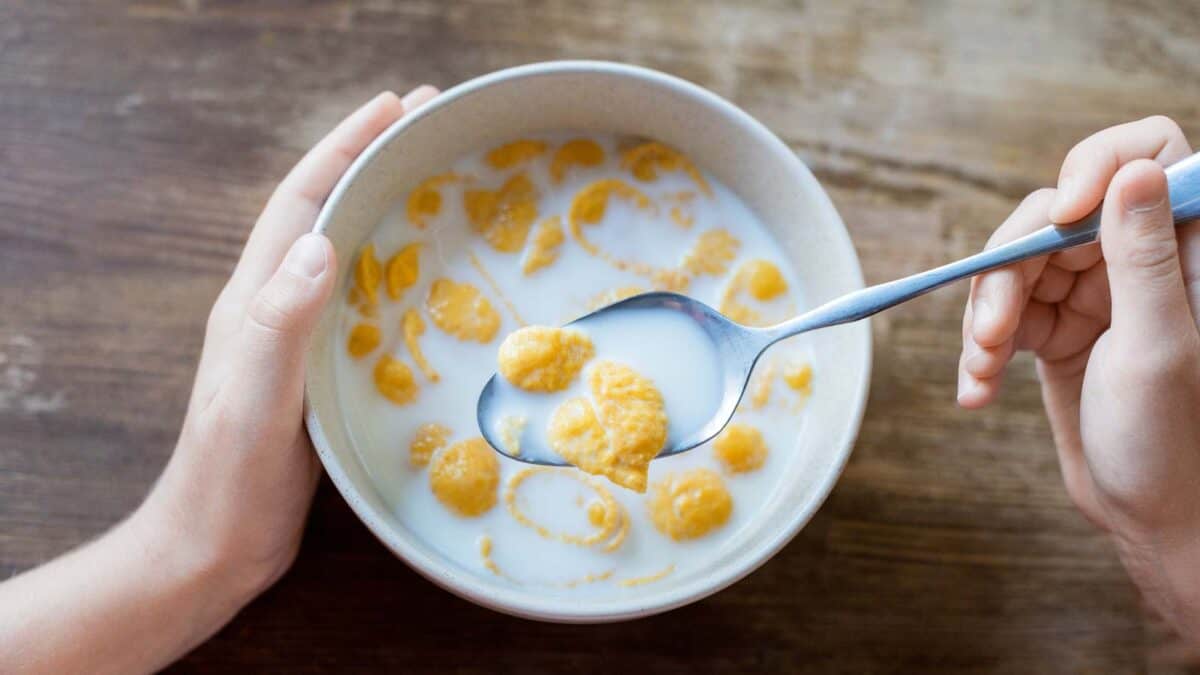
Butylated hydroxyanisole (BHA) and butylated hydroxytoluene (BHT) are preservatives found in cereals, chewing gum, potato chips, and vegetable oils. These chemicals are added to prevent food from spoiling and to retain color, but they have been linked to cancer risk in animal studies, raising concerns about their safety in human consumption.
Sulfites

Sulfites are chemicals used as preservatives in foods and beverages, such as dried fruit, wine, and processed meats. They help to prevent browning and spoilage. However, sulfites can trigger severe asthma attacks in sensitive individuals and may cause allergic reactions and digestive disturbances.
Potassium Bromate

Potassium Bromate is used primarily in bread and roll flour to improve flour strength and rise height. Although it is banned in several countries due to cancer concerns, it remains in use in others, including the United States. It has been shown to cause tumors in animals, and there is concern about its safety for human consumption.
10 Foods So Controversial They’re Banned Around The World

Some foods are too controversial for the dinner table, landing on the global banned list. Find out why these delicacies have become taboo and uncover the surprising and sometimes shocking reasons behind these bans.
Read it Here: 10 Foods So Controversial They’re Banned Around The World
10 Hidden Toxins In Everyday Foods To Watch Out For

Many of us strive to make healthy choices about the food we eat, from fresh fruits and vegetables to whole grains and lean proteins. However, lurking beneath the surface of these everyday options are hidden toxins—substances that can pose serious health risks over time. This article reveals ten shocking toxins found in foods we often consider safe. Understanding what these toxins are, where they’re found, and the risks they carry can help you make better-informed decisions about your diet.
Read it Here: 10 Hidden Toxins In Everyday Foods To Watch Out For
*Select images provided by Depositphotos.
Gina Matsoukas is an AP syndicated writer. She is the founder, photographer and recipe developer of Running to the Kitchen — a food website focused on providing healthy, wholesome recipes using fresh and seasonal ingredients. Her work has been featured in numerous media outlets both digital and print, including MSN, Huffington post, Buzzfeed, Women’s Health and Food Network.
